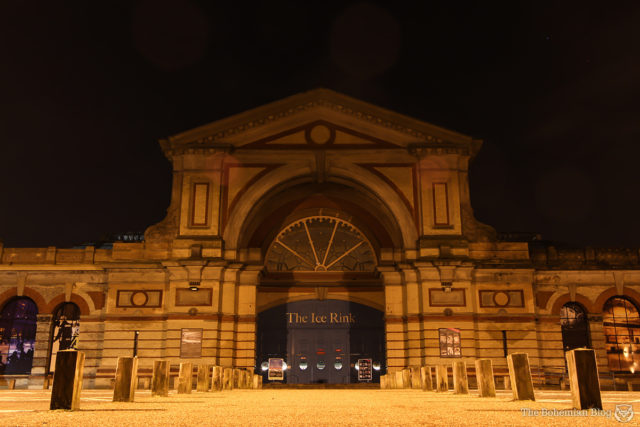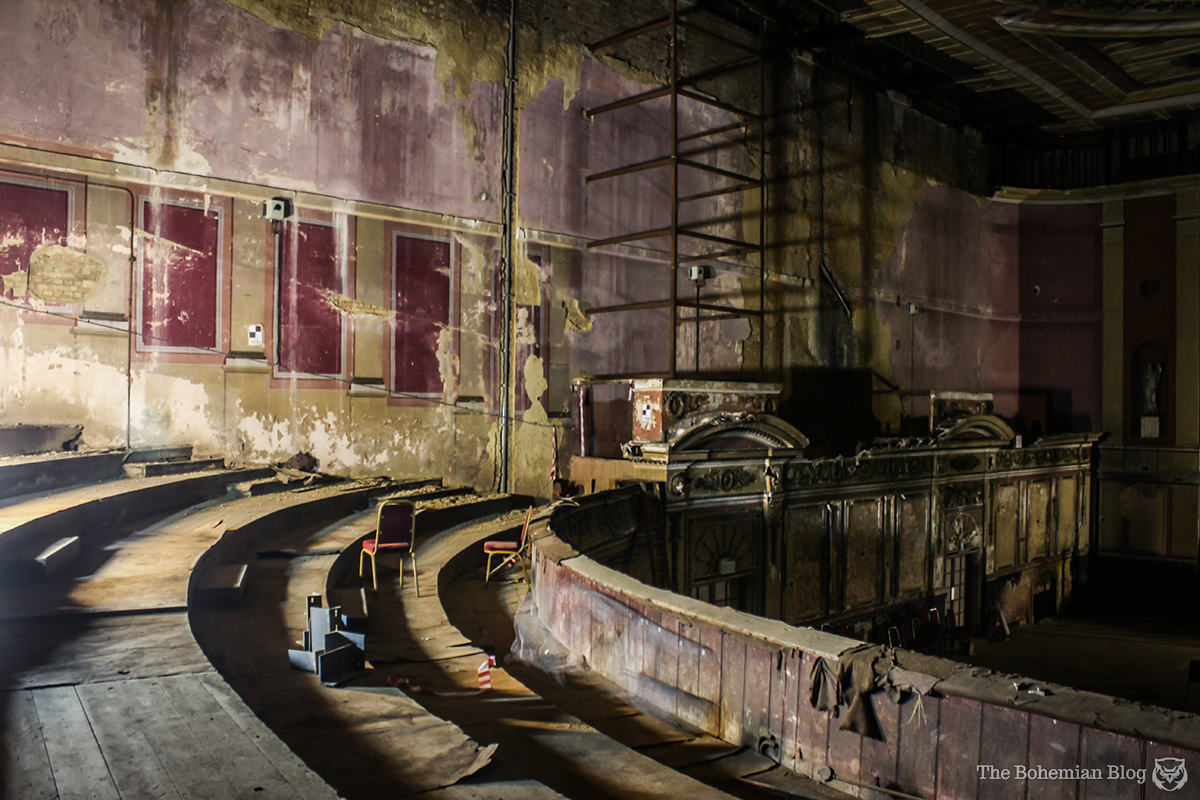In 1863, London began construction of the Alexandra Palace on a hill overlooking the city. The design incorporated a concert hall, theater, circus, hippodrome, and restaurants. The locals were looking forward to the site becoming a public place of entertainment and relaxation in a crowded industrial city.
The Alexandra Palace opened on May 24, 1873. The theater’s capacity catered for up to 3,000 spectators. The theater was equipped with modern (at the time) stage technology which allowed enabled performers to fly or disappear through the stage.
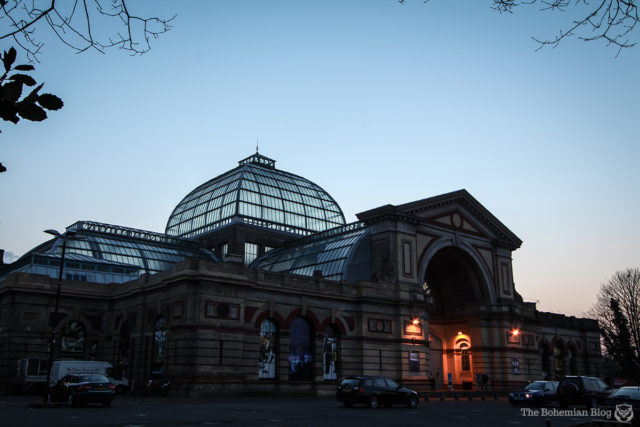
Although the opening went well, just 16 days later a fire broke out. It was very serious and destroyed most of the building. It took two years to rebuild the theater. The renovated Palace finally reopened on May 1, 1875.
The Palace had universal appeal since it was suitable for family walks, entertainment, and educational events. It was particularly busy during the holidays but sometimes faced periods of long closure because it couldn’t meet its running costs.
In 1900, the Palace was transferred to a charitable trust to ensure it remained “a place of public recreation and entertainment.” The Palace was transferred to Greater London Council in 1980 but with the proviso that the site was to be used entirely for charitable purposes.
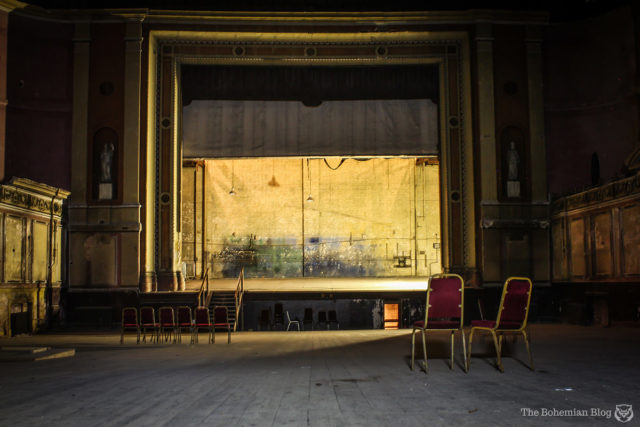
In 1914, the government found a different use for the building: sheltering refugees from Belgium and the Netherlands. It was also used as a prison camp for German, Austrian, and Hungarian soldiers during the First World War.
On November 2, 1936, before the start of World War II, the BBC launched the world’s first television service from Alexandra Palace after turning two dining rooms into studios.
The Palace became the center of TV experiments including finding formats for children’s programs and political broadcasts. The Palace acted as television studios from 1954 to 1969. From 1971, the television studios were used by the Open University.
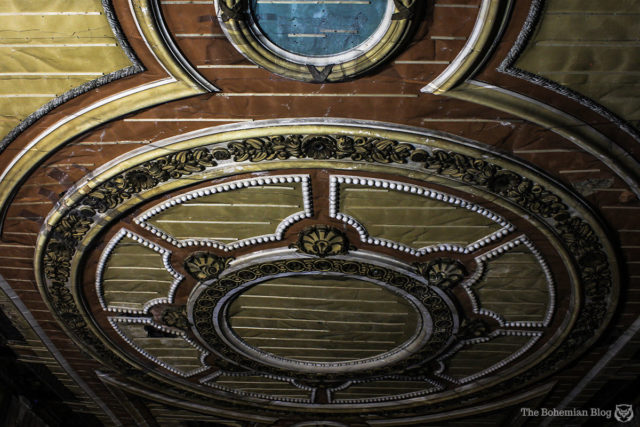
In 1940, the Palace was a staging area for troops returning from Dunkirk, and in World War II, this place was once again a home for refugees.
Throughout the Cold War and until 1990, the Royal Observation Corps bunker was located in the park next to the Palace. It was deactivated in 1990.
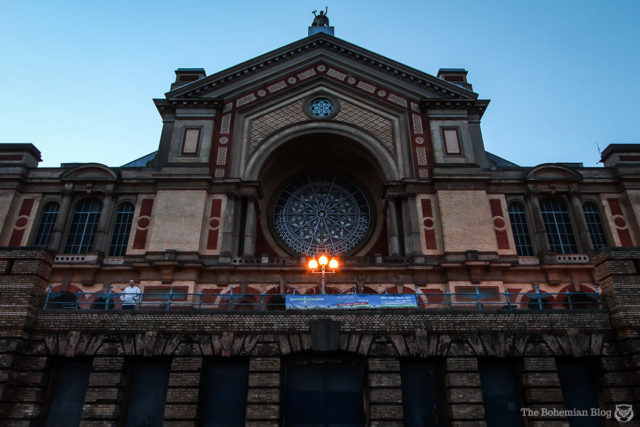
The theater was partly abandoned from the middle of the 20th century onwards, mostly being used as a prop store by the BBC. A fire in the 1980s led to even greater abandonment when half the building was destroyed. It was decades until Haringey Council (the new trustees) decided to restore the theater.
On December 1, 2018, the theater was reopened with a new capacity of 1,000 spectators but with better lines of sight. The restoration work cost £27 million and involved opening the bar and foyer which had been bricked up.
The auditorium was restored, retaining its previous structure and decoration. The floor was leveled and raised five meters, using all the original floorboards.
The company in charge of the restoration wanted to do as little work as possible so that the original style would remain evident.
Even the complex wooden machines used to create various stage effects were preserved. Although they are not used and modern technology is favored, they still provide a glimpse into the past.
In the opening line up was a three-week run of the Horrible Histories Christmas Show.
Today, visitors can experience a taste of Victorian times but with modern technology and comfortable seats. In the past, the Palace has hosted such events as the Brit Awards and the Masters snooker tournament. In the future, it hopes to offer music concerts and stand-up performer gigs.
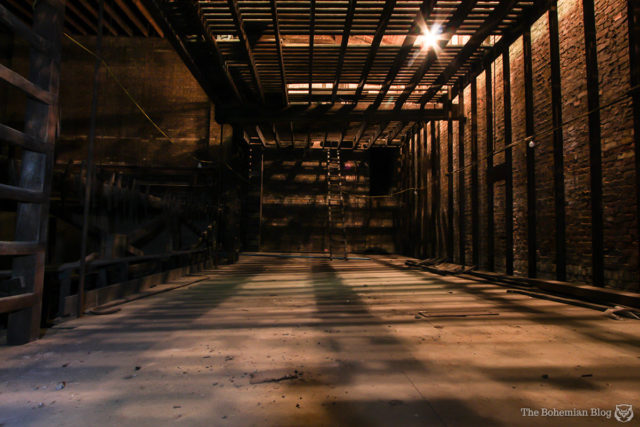
The photos were taken at the time of the restoration. Big thanks to photographer Darmon Richter who has allowed us to see inside this amazing place. You can follow him here – www.thebohemianblog.com – or support his work at www.patreon.com/
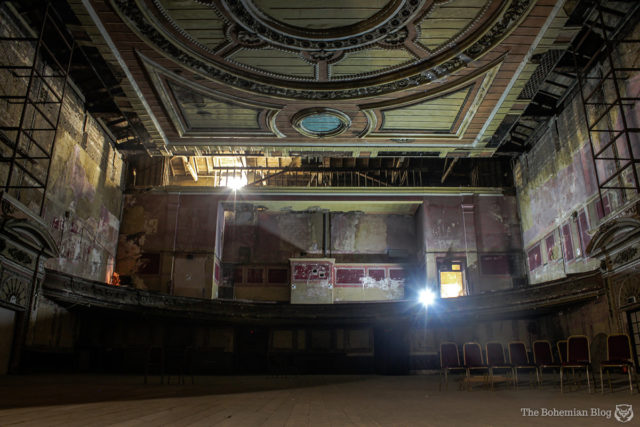
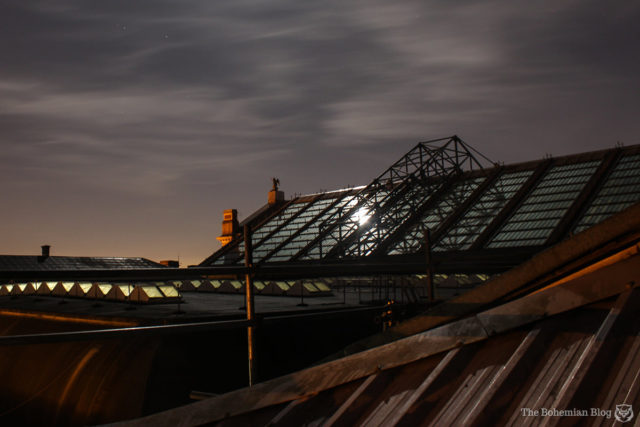
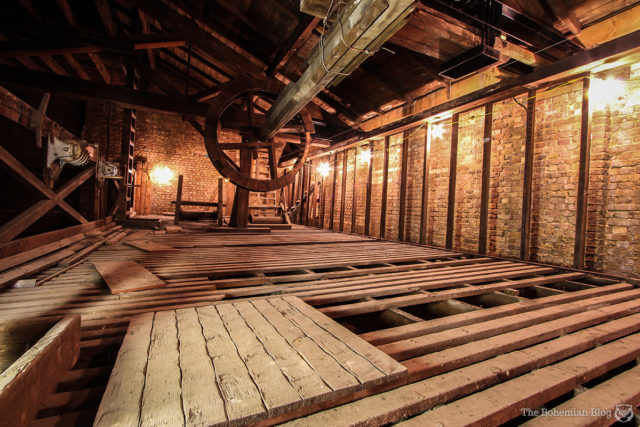
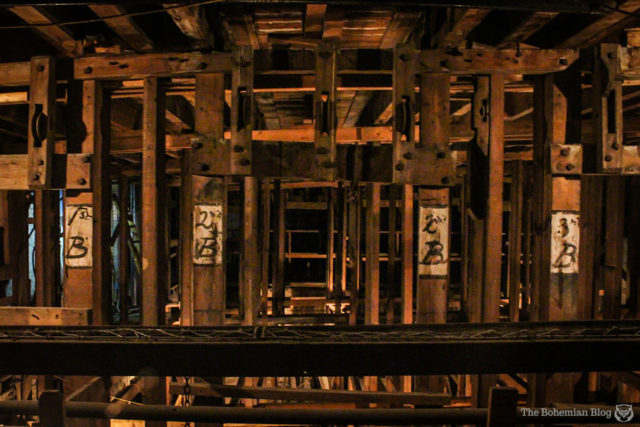
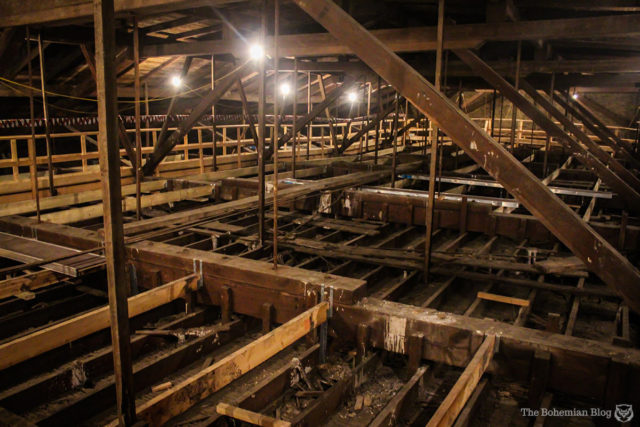
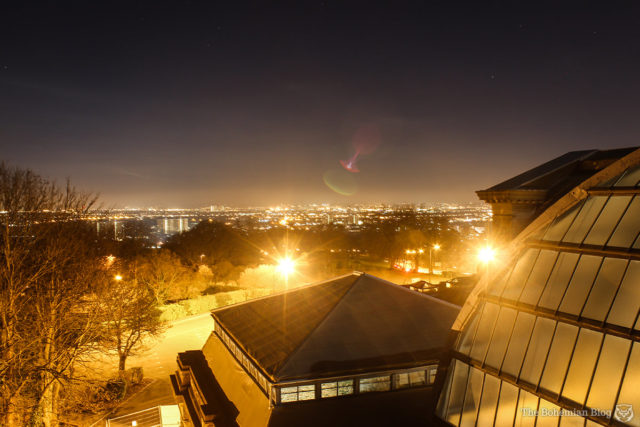
Zeppelin Bunker sealed up after WW2: The key communications center of the Third Reich
